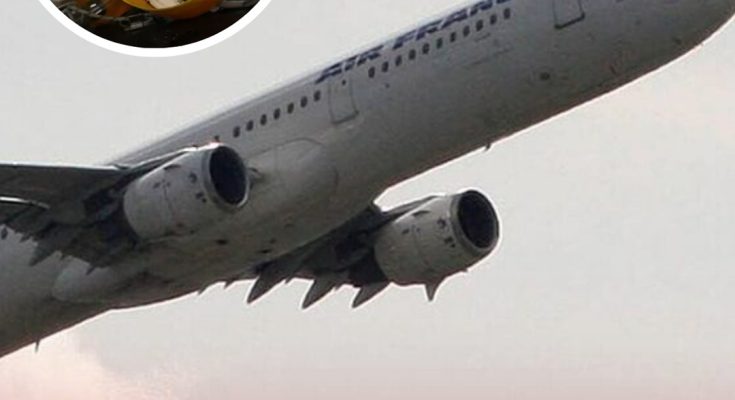
The tragic events surrounding Air France Flight 447, which crashed into the Atlantic Ocean on June 1, 2009, offer a haunting glimpse into the chaos and fear that ensued in the cockpit during the flight’s final moments. The flight was en route from Rio de Janeiro to Paris when all 228 people on board were killed after the Airbus A330-203 crashed into the ocean.
Days after the crash, debris from the Air France jet was discovered floating in the ocean, triggering a lengthy search for the black box recorders, which cost approximately £27 million and lasted two years. These recorders revealed crucial information about what had gone wrong during the flight.
The recordings showed that the plane’s speed sensors, known as pitot tubes, had become blocked and iced up as the jet attempted to navigate through a storm on its way to Paris. This malfunction led to faulty data being produced by the plane’s systems, which ultimately disabled the autopilot and left the pilots grappling with confusing speed and altitude readings.
Faced with poor weather conditions and incorrect data, the pilots made the fateful decision to resume manual control of the plane. Tragically, they mistakenly pointed the nose of the jet upwards instead of down, causing the plane to enter an aerodynamic stall. As the plane tumbled from the sky, the pilots’ panicked conversation captured their realization of the dire situation.
The final moments recorded in the cockpit were filled with fear and desperation, as the pilots expressed confusion and horror at the unfolding events. Ultimately, the 205-tonne plane plummeted over 11,500 meters from the sky in just over four minutes, resulting in the loss of all passengers and crew on board.
In 2023, a court in Paris ruled that Air France and Airbus were not guilty of manslaughter for the deaths of those on board. The case, however, leaves lingering questions about the complexities of aviation safety and the unpredictable nature of flying in challenging conditions.


